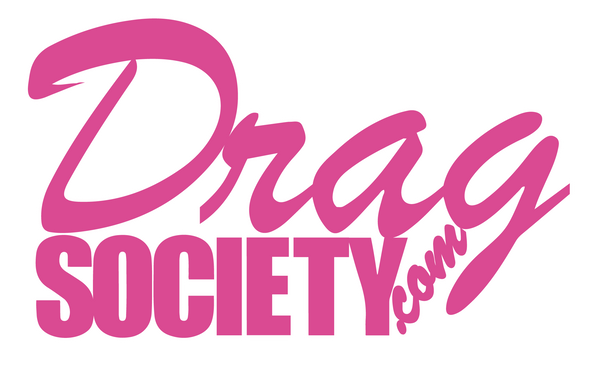Happy International Asexuality Day (IAD)! IAD is the result of a coordinated collaboration between various international groups from more than 20 countries, and is open to all. Largely thought to be the most misunderstood identities among the LGBTQIA+ community, asexuality finally gets some recognition with this first annual celebration.
As part of their campaign to promote awareness of asexuality, this year's theme is ACES: Advocacy, Celebration, Education and Solidarity. The event, a first of its kind, is expected to remain an inaugural celebration. Because this is the first year, the date of future observances could change in order to give full recognition to the day.
What is Asexuality?
IAD celebrates "the full asexual spectrum", including graysexual, demisexual and asexual. Data from The Trevor Project's 2020 National Survey on LGBTQ Youth Mental Health shows 1 in 10 LGBTQIA+ youth identify as asexual or on the ace spectrum.
While advocates define asexuality as experiencing no (or very little) sexual attraction, everyone is different. The truth is, being asexual has nothing to do with whether a person has sex, or how much or who with.
It's a common misconception that asexual people are considered celibate. While celibacy is a choice some people make in spite of their sexual urges, asexual people have little to no urge to act sexually towards another person.
On the other hand, demisexuality is when someone experience sexual attraction but only if a strong emotional bond already exists. However, that bond is no guarantee of sexual attraction.
Graysexual, sometimes referred to as Gray-asexual or Gray-A is someone who usually feels no sexual attraction. Think of this as a grey area. In fact, this might cover many different experiences and each person's identity as Grey-A is valid."
It's also possible for an asexual person to be aromantic, or lack romantic attraction to others. The term "ace umbrella" or "ace spectrum" encompasses these identities, and others which fit under it.
The Williams Institute report also shows asexual sexual minority adults report more everyday discrimination and stigma than non-asexual LGB adults. Additionally, statistics show, asexual youth report higher rates of depression and anxiety compared to the overall LGBTQ sample. Bur IAD aims to change the stigma around asexuality.
How to participate?
As a result, official social media and YouTube channels have been set up. With the hashtag #InternationalAsexualityDay, people from all over the world share artwork, stories, photos and poems.
In light of the COVID-19 pandemic, the International Asexuality Day website says there are still ways to participate this year.
"Participation could be as simple as sharing a post on social media, but there are also organisations all over the world who are holding events, running campaigns and supporting causes."
See the complete list of International Asexuality Day events here.

